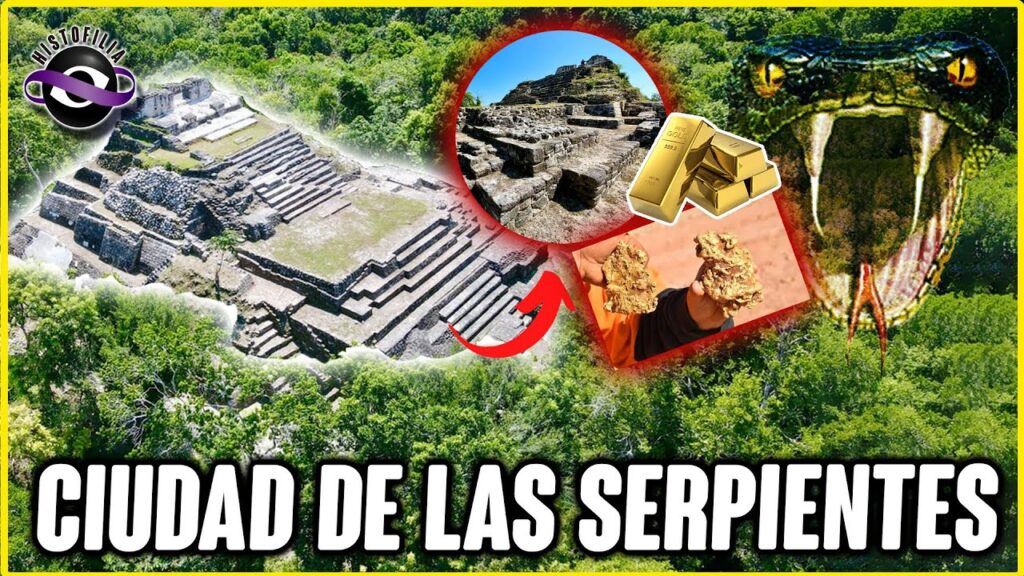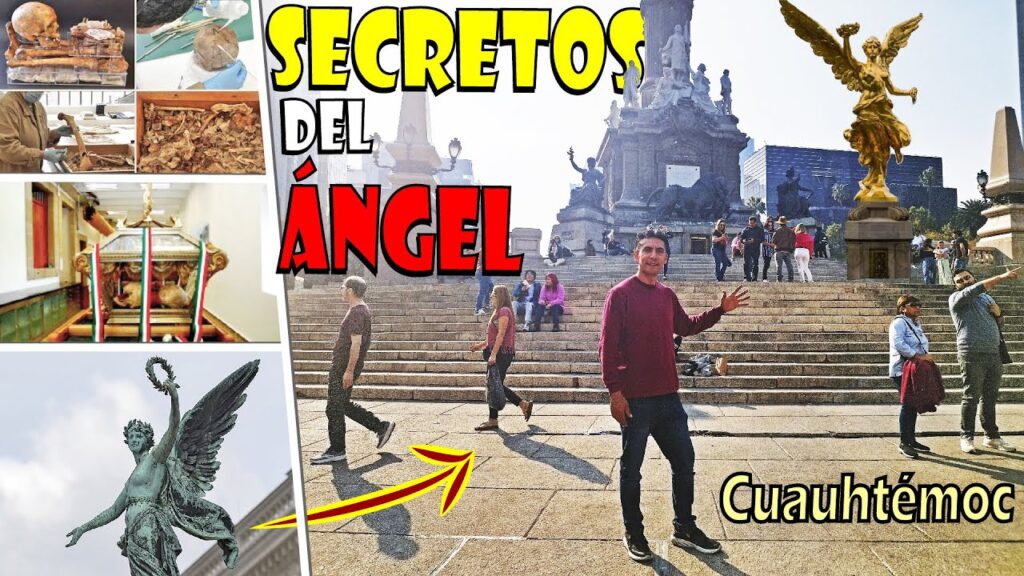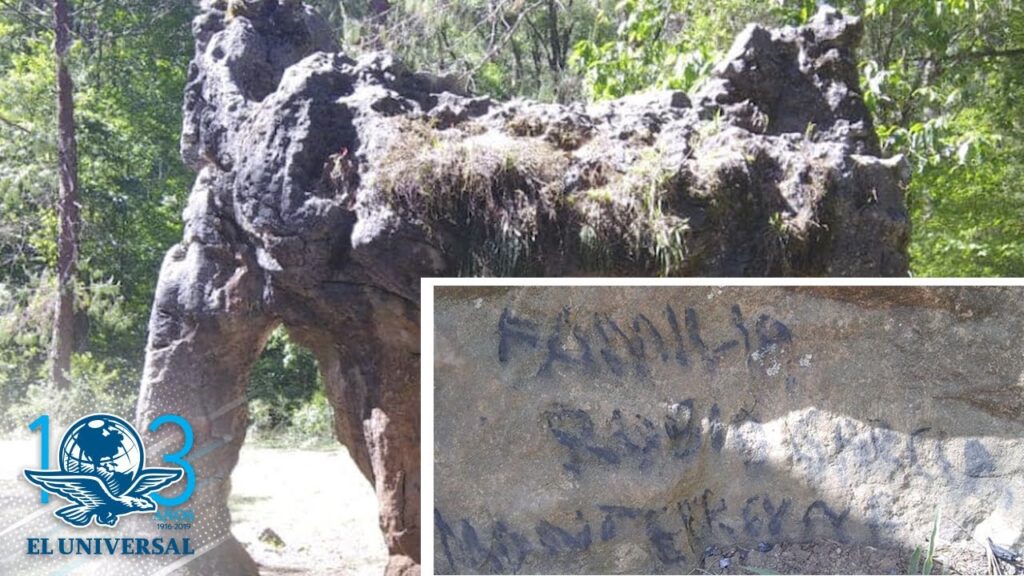Discovering Ichkabal: The Mysterious Maya City Soon to Open
Hidden within the dense jungles of Quintana Roo, Mexico lies one of the most elusive and enigmatic wonders of the Maya civilization, Ichkabal. Shrouded in mystery and canopy leaves, this remarkable Maya city has remained largely unexplored and untouched by modern tourism—until now. As Mexican authorities pave the way for accessibility, adventure travellers around the globe are eagerly marking their calendars for the anticipated opening of this ancient archaeological gem.
The city of Ichkabal, believed to date back to the Preclassic period (1000 BCE – 250 CE), promises to reveal a treasure trove of knowledge about Maya culture and history. Illicit yet mesmerizing, Ichkabal is known for its monumental architecture, including what is purported to be one of the largest pyramids in the Maya world. The magnitude of this pyramid evokes an overwhelming sense of awe and invites comparisons to the infamous El Mirador in Guatemala, another colossal monument of Maya ingenuity.
As the site gets ready to welcome visitors, conservationists and archaeologists work tirelessly to ensure that exploration is carried out sustainably. Stewardship of this cultural patrimony involves a delicate balance between revealing the secrets of the past and protecting the site’s integrity for future generations. In anticipation of the public opening, infrastructure around Ichkabal is being developed to facilitate tourism while striving to minimize the ecological footprint on the surrounding environment.
The mystique of Ichkabal extends beyond its pyramids and into the realm of legend and lore. Local anecdotal history swirls with tales of the ancient Maya, their rituals, and their connections to the cosmos. Unearthing Ichkabal is not merely a journey back in time; it is an encounter with a world that has been paused, eager to narrate stories untold. As such, the impending invitation to this mysterious city is not just an opening of gates, but a passageway to understanding an intriguing chapter of humanity’s collective heritage.
The Wonders of Ichkabal: What We Know So Far
Deep in the southern jungles of the Yucatan Peninsula lies a mystery that has only recently captured the attention of archaeologists and adventure seekers alike: the ancient Mayan site of Ichkabal. Shrouded in lush vegetation, this enigmatic city has remained untouched and unexplored for centuries, with its towering pyramids and monumental architecture still whispering the secrets of a once-mighty civilization. Limited access and thick overgrowth have kept Ichkabal’s wonders hidden from the public eye, but initial surveys suggest a site of impressive scale and potential historical significance.
Excavations are underway to uncover the extent of Ichkabal’s splendor, and with every soil layer removed, a new piece of the puzzle comes to light. Initial findings indicate that the city might have been a significant player in the political landscape of ancient Maya. Structures uncovered so far include what appears to be a royal palace and a series of large public plazas, indicative of a bustling and influential urban center. The architectural style seen in these early discoveries points to an era when the Mayan civilization was at its peak, raising questions about Ichkabal’s impact on the surrounding regions.
Among the most striking features unearthed at Ichkabal are the colossal bas-relief sculptures adorning some of the site’s buildings. These intricate carvings are remarkably well-preserved, providing a fascinating glimpse into the artistic achievements of the Maya. The iconography depicted in the stonework is a tantalizing mix of the familiar and the unknown, potentially offering new insights into Mayan mythology and cosmology. Each bas-relief tells a story, and deciphering them could lead to a greater understanding of the societal and religious practices that shaped this community.
Despite its seeming importance, little is known about Ichkabal’s origins and eventual decline. Carbon dating of relic samples and ceramic remnants suggests that the site was occupied as early as 300 BC, but it’s still unclear why the city was abandoned or what role it played in the broader Mayan civilization. Archaeologists are hopeful that the hieroglyphs and inscriptions found on stelae and other stone monuments will eventually reveal Ichkabal’s timeline and historical narrative, filling a gap in our knowledge of pre-Columbian history.
What excites adventure travelers about Ichkabal is not just its historical significance but also the promise of an authentic exploration experience. As the site is not fully excavated or commercialized, visitors have the unique opportunity to witness archaeological work in progress and possibly catch a first glimpse of newfound artifacts. However, the inaccessibility of the region and the ongoing scientific research mean that visits are strictly controlled and require special permissions. This aspect adds to the allure of Ichkabal, offering a rare chance to be part of uncovering ancient Mesoamerican secrets long hidden beneath the jungle canopy.
Ichkabal Unveiled: Preparing for Its First Visitors
In the heart of the lush Mexican jungle, a new archaeological gem is preparing to open its doors to the world. Ichkabal, an ancient Mayan city, has been shrouded in mystery and the dense canopy of the Yucatan for centuries. Discovered relatively recently, this enigmatic site is now finally ready to be shared with eager adventurers and history enthusiasts alike. As the final touches on the excavation and preservation efforts are being put in place, there’s a palpable excitement about the unveiling of what may be one of the largest Mayan pyramids discovered to date.
The site itself, which is believed to date back to the pre-classic Maya period, has been the focus of intense study by archaeologists. As they prepare to open Ichkabal to visitors, efforts have been made to ensure that the structures are stable and safe for public access. Walkways and signage are being installed, along with visitor centers designed to educate tourists on the remarkable history and significance of the site. The infrastructure development is being carried out with the utmost respect for the archaeological integrity and surrounding environment, promising a balance between exploration and conservation.
Future visitors can expect a journey not just through the spectacular remnants of a once-glorious civilization, but also an immersive experience into the culture and legacy of the Maya. The site’s remote location does mean that access will be limited, preserving the authenticity and pristine condition of Ichkabal. As the anticipation builds, travellers around the globe watch with bated breath, ready to explore the hidden depths of this untouched monument to human history. With every detail being meticulously planned and executed, Ichkabal is gearing up to provide an unparalleled adventure for its first guests, setting a new standard for archaeological tourism in Mexico.
Exploring Ichkabal: Tips for the Intrepid Traveler
Deep in the heart of Quintana Roo, Mexico, lie the ruins of what is believed to be one of the most significant yet less frequented Mayan sites: Ichkabal. Discovered in the early 1990s, this ancient city remains shrouded in mystery, with much of its history still buried beneath the jungle canopy. Intrepid travelers seeking an authentic experience away from the more popular tourist destinations will not be disappointed. As you plan your visit, bear in mind that the site is expansive, often hit by the tropical climate, and minimally developed for tourism.
Arriving at Ichkabal requires a bit of effort. The closest towns are several kilometers away, and public transportation is limited. Renting a car or hiring a local guide with a vehicle is your best bet. Be prepared for a bumpy ride, as the roads can be rough and not all are paved. Also, begin your journey early to avoid the midday heat and to give yourself ample time to explore the ruins at a leisurely pace.
What to Bring
Packing appropriately is essential for a successful day at Ichkabal. Essential items include plenty of water, as there are no facilities on site, and high-SPF sunscreen to protect against the relentless sun. A hat, insect repellent, and sturdy footwear are also must-haves. Considering the remote location, it’s wise to bring snacks and possibly a packed lunch. For those interested in the ruins’ fine details and to capture the surrounding beauty, don’t forget your camera and binoculars.
Exploring the Site
Once you arrive, the grandeur of Ichkabal’s ruins will quickly become apparent. The site is dominated by several massive pyramids, still only partially excavated. Climb the structures that are safely accessible to get a panoramic view of the surrounding jungle – it’s a breathtaking sight. Walking through the site, you’ll encounter various remnants of this ancient civilization: plazas, ball courts, and potentially even artifacts, as the excavation is an ongoing process. Pay attention to your guide or the informational plaques to learn about the Mayan culture and the significance of the structures around you.
Respect the Environment: While exploring, remember that Ichkabal is not just a historical site, but also an ecological one. Stay on designated paths to protect the native flora and fauna, and take any trash with you to keep the site pristine. The preservation of Ichkabal is of utmost importance – after all, each visitor is not only a traveler but also a temporary guardian of this majestic piece of history.



